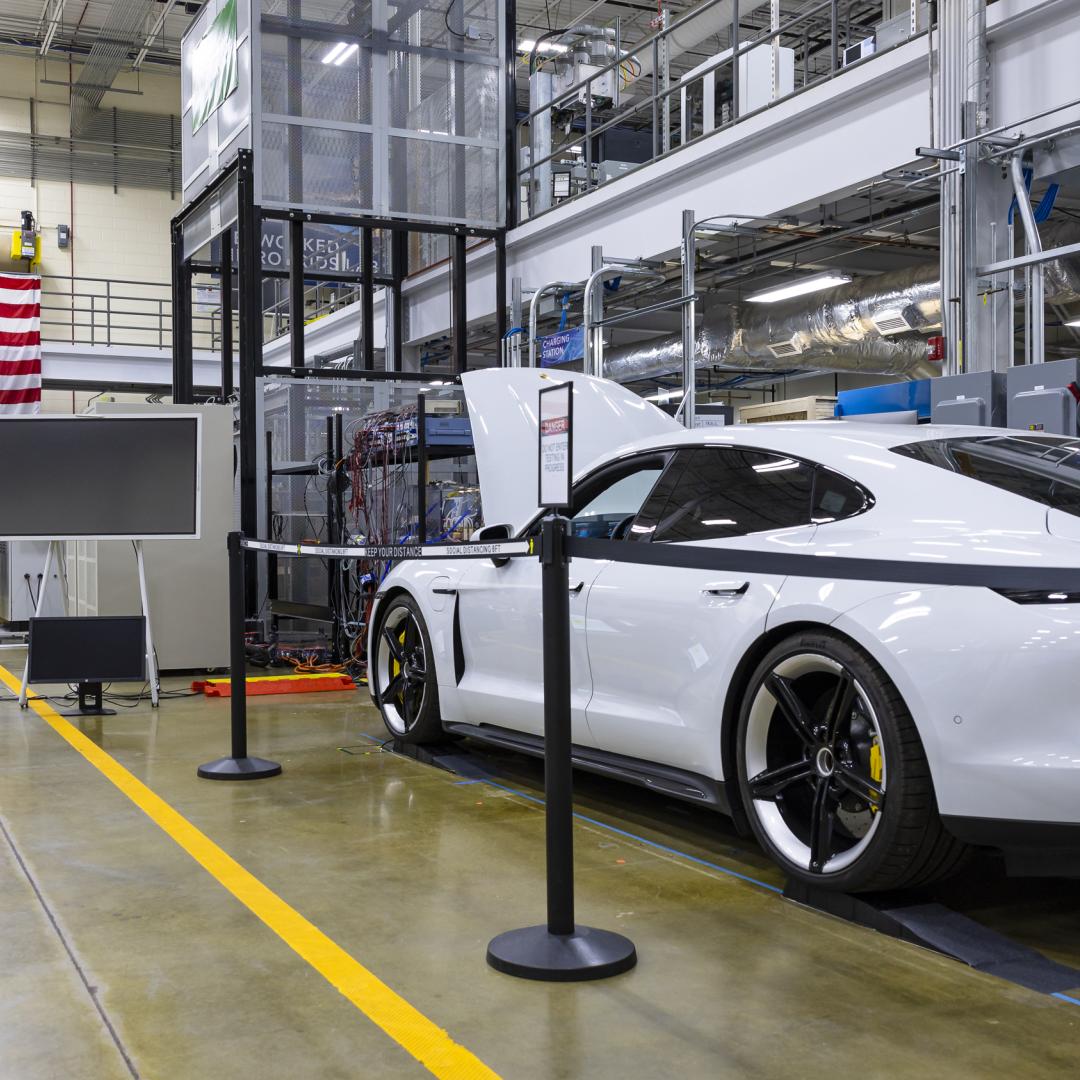
Filter News
Area of Research
- Advanced Manufacturing (3)
- Biological Systems (1)
- Biology and Environment (2)
- Clean Energy (28)
- Climate and Environmental Systems (1)
- Computational Biology (1)
- Computer Science (1)
- Energy Frontier Research Centers (1)
- Fuel Cycle Science and Technology (1)
- Fusion Energy (2)
- Materials (38)
- National Security (2)
- Neutron Science (18)
- Nuclear Science and Technology (7)
- Nuclear Systems Modeling, Simulation and Validation (1)
- Quantum information Science (1)
- Sensors and Controls (1)
- Supercomputing (22)
News Type
Date
News Topics
- 3-D Printing/Advanced Manufacturing (7)
- Advanced Reactors (2)
- Artificial Intelligence (4)
- Bioenergy (7)
- Biomedical (3)
- Clean Water (1)
- Composites (2)
- Computer Science (15)
- Cybersecurity (5)
- Energy Storage (1)
- Environment (5)
- Exascale Computing (1)
- Frontier (2)
- Fusion (2)
- Grid (1)
- Isotopes (3)
- Machine Learning (1)
- Materials Science (7)
- Microscopy (2)
- Nanotechnology (4)
- Neutron Science (9)
- Nuclear Energy (3)
- Physics (5)
- Quantum Science (7)
- Security (5)
- Summit (5)
- Sustainable Energy (5)
- Transportation (2)
Media Contacts
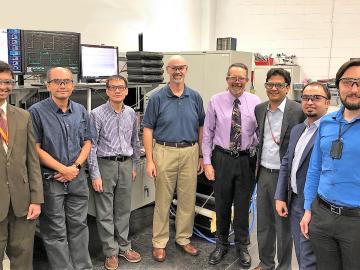
Scientists studying a valuable, but vulnerable, species of poplar have identified the genetic mechanism responsible for the species’ inability to resist a pervasive and deadly disease. Their finding, published in the Proceedings of the National Academy of Sciences, could lead to more successful hybrid poplar varieties for increased biofuels and forestry production and protect native trees against infection.
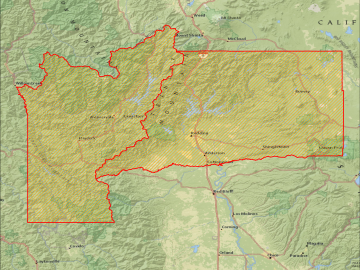
As hurricanes barrel toward the coastlines and wildfires rage in arid regions of the United States, scientists at the Department of Energy’s Oak Ridge National Laboratory are providing critical geospatial data to support first responders as they work to save lives and property.
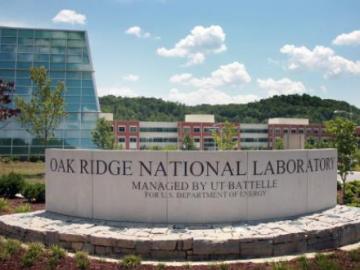
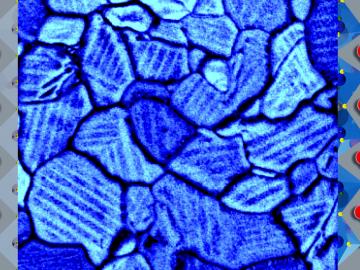
A unique combination of imaging tools and atomic-level simulations has allowed a team led by the Department of Energy’s Oak Ridge National Laboratory to solve a longstanding debate about the properties of a promising material that can harvest energy from light. Th...
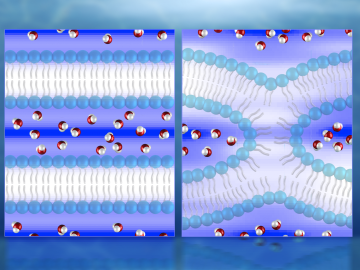
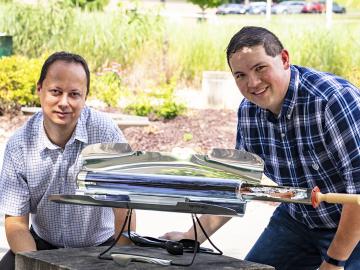
Chemists at the Department of Energy’s Oak Ridge National Laboratory have demonstrated a practical, energy-efficient method of capturing carbon dioxide (CO2) directly from air. They report their findings in Nature Energy. If deployed at large scale and coupled to geo...
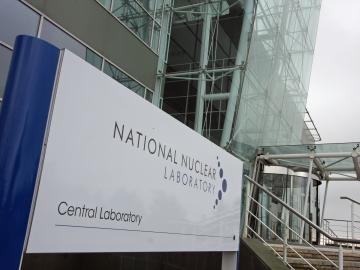
The United Kingdom’s National Nuclear Laboratory and the U.S. Department of Energy’s Oak Ridge National Laboratory have agreed to cooperate on a wide range of nuclear energy research and development efforts that leverage both organizations’ unique expertise and capabilities.
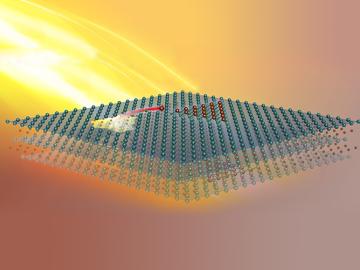
Scientists at the Department of Energy’s Oak Ridge National Laboratory induced a two-dimensional material to cannibalize itself for atomic “building blocks” from which stable structures formed. The findings, reported in Nature Communications, provide insights that ...
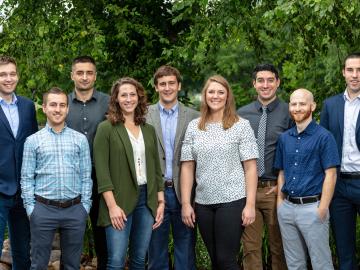
The next cohort of Innovation Crossroads fellows at Oak Ridge National Laboratory will receive support from the U.S. Department of Energy’s Advanced Manufacturing Office (AMO) and the Tennessee Valley Authority (TVA). Officials made the announcement today at th...


